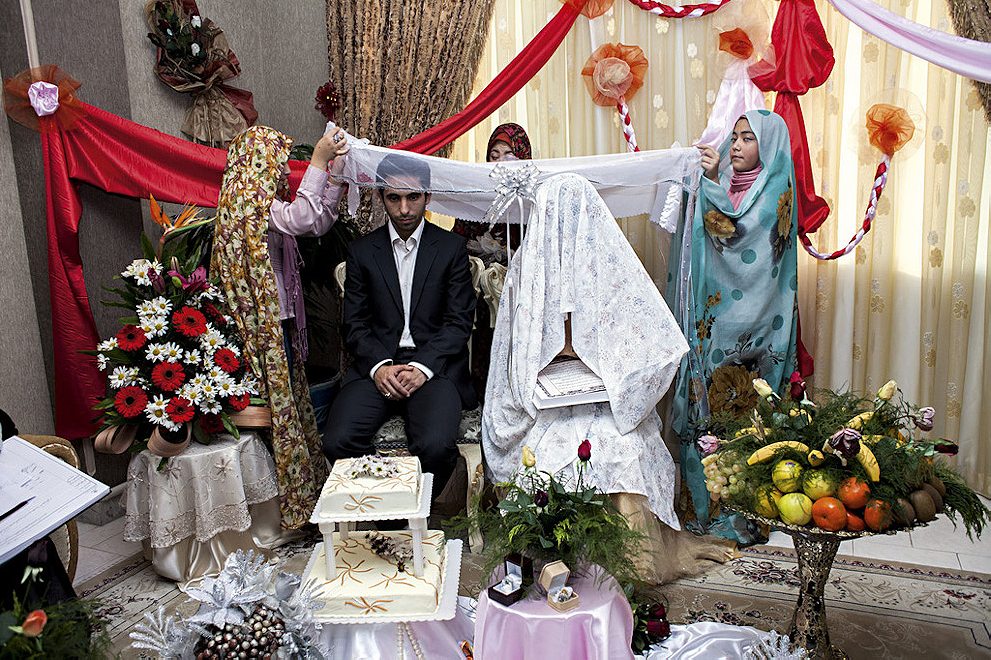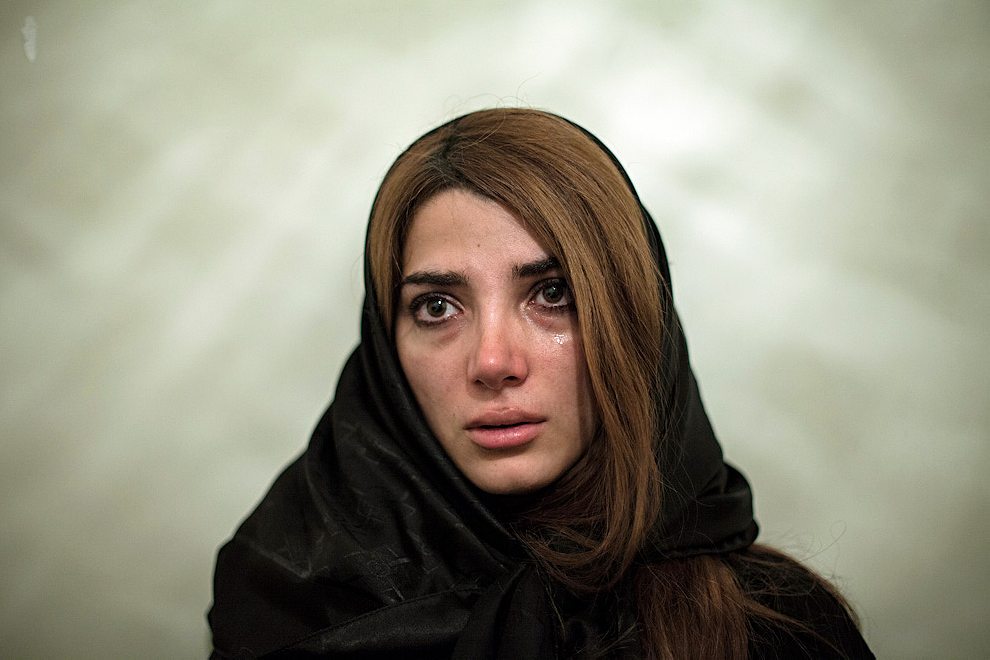A handful of young photographers offer a rare glimpse at the inside spaces of life in Iran.
When photographer Enrico Bossan visited Iran for the first time, he was struck by the beauty of its private spaces. Far from the grand images of busy city squares and crowded street demonstrations, he found peace, warmth and a vibrant culture inside people’s homes. The thought stuck with him for two decades, until he decided to make “Iranian Living Room”—a collection of images taken by 15 young local photographers, not necessarily in living rooms, but in intimate interior spaces more generally. Despite its quiet premise, the book experienced a moment of notoriety, when PayPal automatically blocked its sale because it had the word “Iranian” in the title. The project is the first of a series of editorial projects self-published by Fabrica, Benetton’s creative laboratory located near Venice, where Bossan leads the photography department and is Editorial Director of the cult magazine, Colors.
Roads & Kingdoms: When did you first visit Iran?
Enrico Bossan: In 1989, so more than 20 years ago. I went to Iran after a journey through China and Pakistan. There was a palpable tension in those years and you sensed that something was preventing the normal passing of time. I felt the urgency to get in touch with local people and get to know more about their lives. I saw some living rooms, but I did not have the time to document them. You need to have a relationship with people and you need time, and I only had two weeks to spend in Iran. I was travelling from one city to the other so I had no chance to develop this idea. But I kept it in the back of my mind and now, thanks to Fabrica, I could finally bring it life.


R&K: Were you on assignment then?
EB: Yes. I was working on a book that documented a journey starting in Beijing through Pakistan, Iran, Russia and Turkey. Komeini was still alive… 1989 was a very special year.
R&K: It was indeed, I was born then!
EB: You make me feel old. In those years, after Komeini’s revolution, the images you could see were only about the squares, the revolution, masses of people in the streets… You could not see any private spaces. The image of Iran was dedicated to the square, they were the years of the war with Iraq so you could feel this tension but when you entered the houses, the atmosphere was completely different. I kept on thinking about those private places when life was taking place. There is an image in particular that I remember. I was invited to a “party” and when I arrived, a girl came to welcome me; she was wearing a red dress, all made up. She was very kind, with a great hospitality. Each time I went to Iran, I was always welcomed with great warmness. I think Iran is a beautiful and fascinating country.
R&K: So 20 years later, you started working on “Iranian Living Rooms”…
EB: Yes. I returned to Iran in March this year to organize workshops with photographers. At the airport, I saw a girl with a Band-Aid on the nose. When I arrived at the hotel, the hostess had the same Band-Aid and the girls in the streets had it as well. So I asked one of the girls at the workshop why they all had this Band-Aid, and she said that they only have the face to show, so it has to be perfect. They had plastic surgery!
R&K: In other words, things had changed since your first visit.
EB: Yes completely. That second visit was for the book. I had been surfing the Internet, and I found the photos of Farhad Babaei, a young Iranian photographer. We contacted him and he helped us get in contact with some interesting, very young photographers. I selected 20 out of around 50 and delivered a three-day workshop for them in Tehran. After that, I made the final selection and 15 photographers were invited to be part of the project, which was coordinated by Farhad.
R&K: Why did you want young photographers?
EB: For two reasons. First, because the percentage of young people is very high in Iran. Second, because Fabrica tries to help young emerging talent from all over the world. It’s our mission. They are all around 25.
R&K: What was it like working with them? Did each photographer have their own style and their own way of approaching the subject?
EB: The brief was very wide and free: portray situations that you usually don’t see in public and, through storytelling, help change the stories we tell about Iran. The photos had to show familiar life or the life of their parents and friends. The living room is a metaphorical concept. Iran is a country that does not deserve this isolation. It’s a beautiful country with a beautiful people. If I could suggest a trip to American people, I would say go to Iran with our book in your hands!
R&K: Although these interior spaces are typically Iranian, did you find there was something universal about them?
EB: Yes, almost everything. The way to share their moments of happiness, to eat together, make a party but at the same time pray and meet people in a serious way.
You can buy “Iranian Living Room” here or find out more about the project through facebook